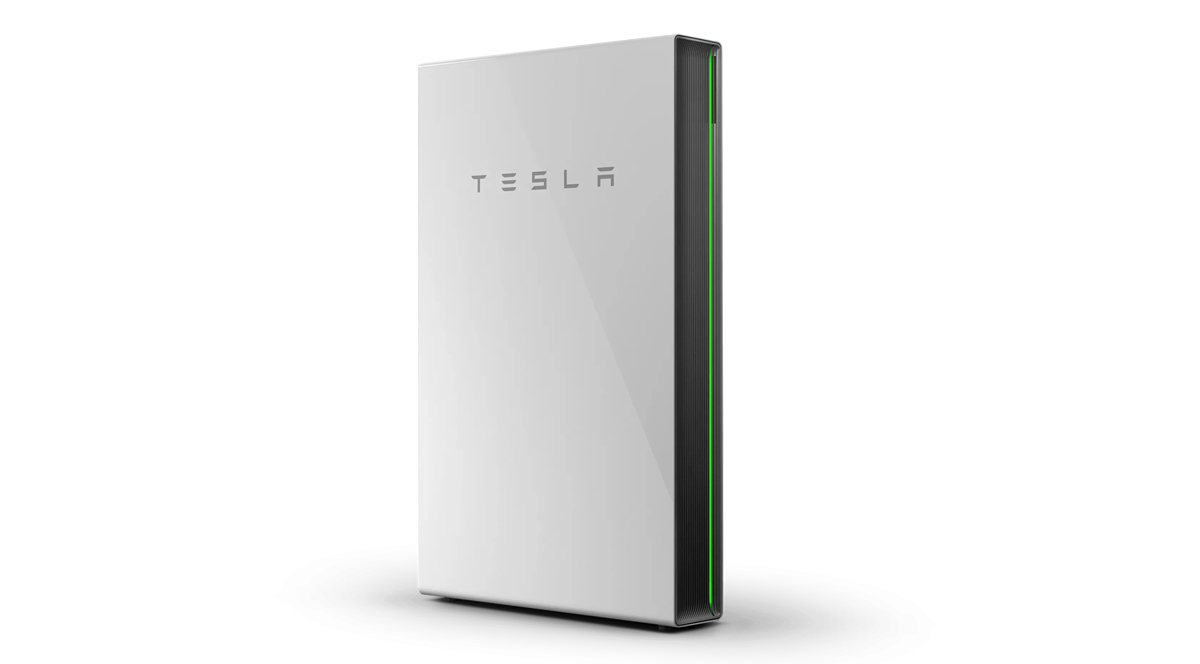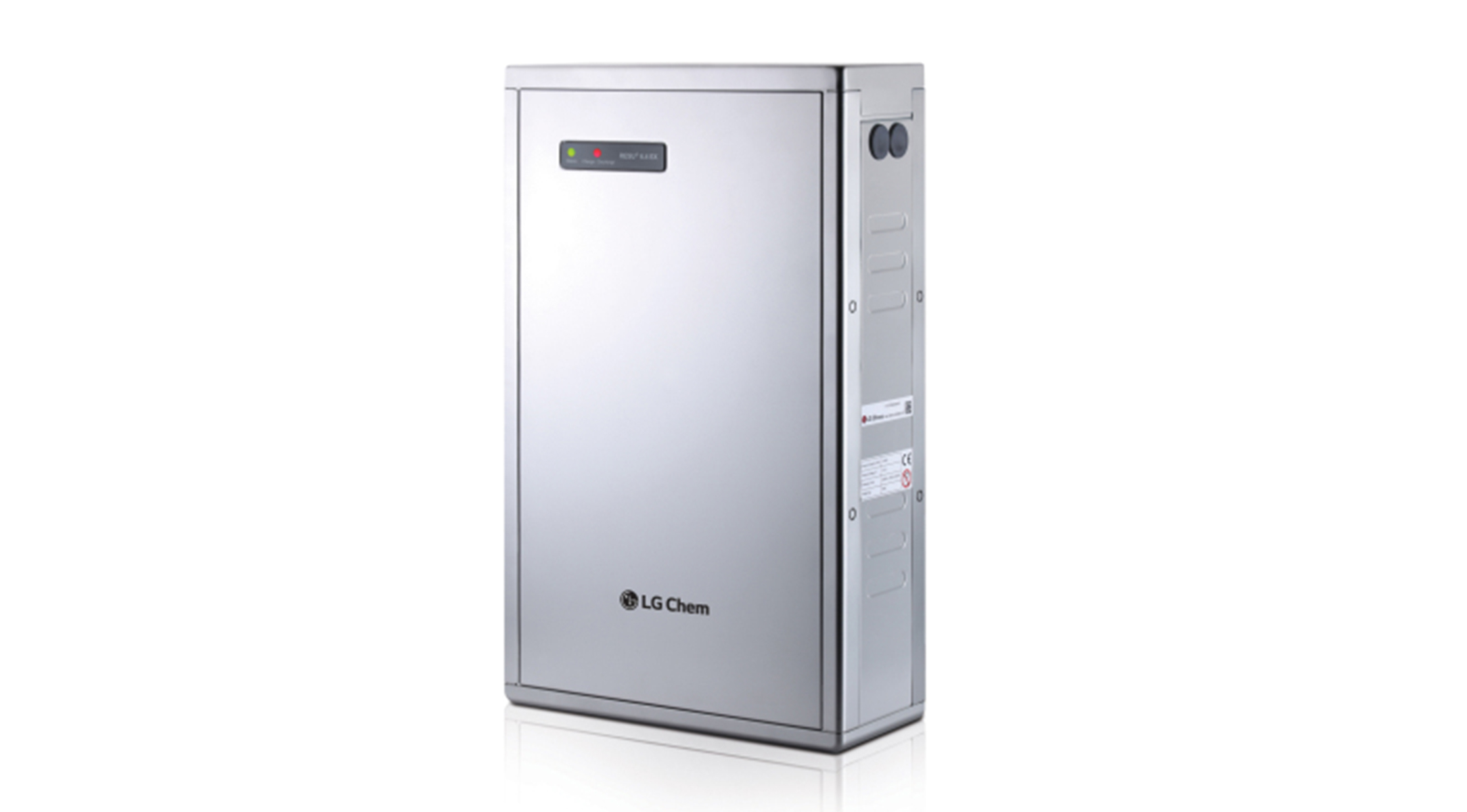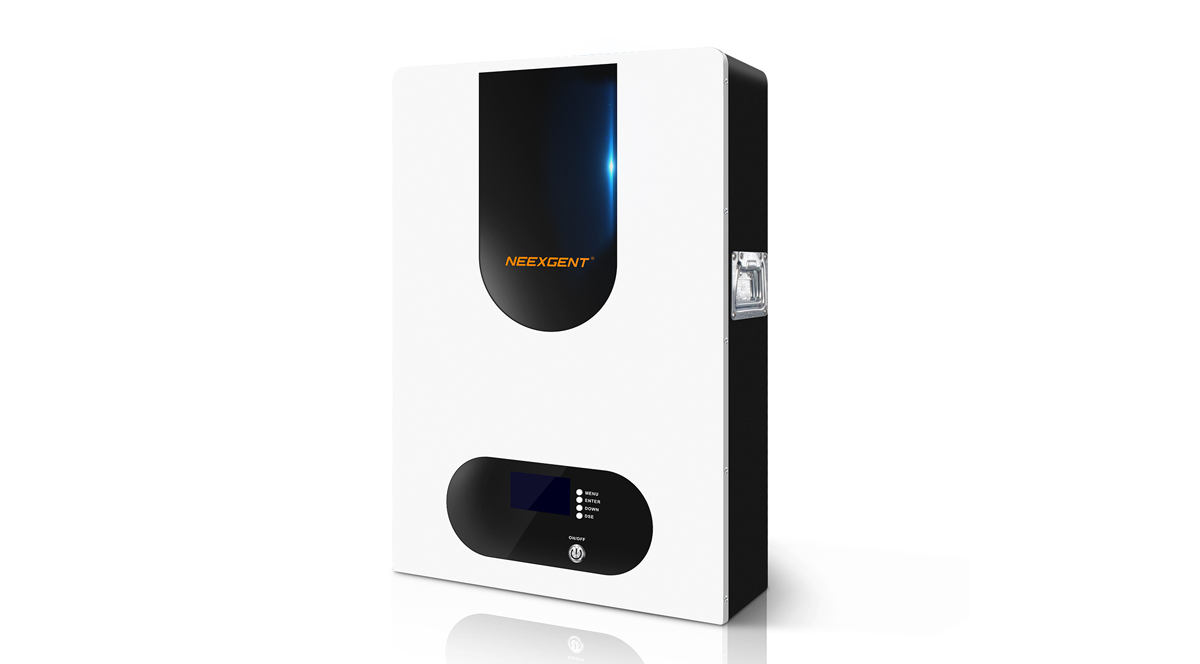With the rise of renewable energy, more and more households are looking to install battery systems to store excess energy generated from solar panels. Among the many choices available, Tesla's Powerwall and LG Chem's RESU are two of the most popular options.
First, let's take a look at the Tesla Powerwall. The Powerwall is a lithium-ion battery system designed to store energy for use during power outages or peak demand periods. The Powerwall is available in two versions: the Powerwall 2 and the Powerwall+.

Tesla Powerwall
The Powerwall 2 has a usable capacity of 13.5 kWh and can deliver a continuous power output of 5 kW, with a peak output of 7 kW for short periods. It is designed to be compatible with both new and existing solar panel systems and can be mounted on the wall or floor. The Powerwall 2 also comes with a built-in inverter, making it easy to install and use.
The Powerwall+ is Tesla's latest addition to its battery lineup. It has a usable capacity of 16.5 kWh and can deliver a continuous power output of 9.6 kW, with a peak output of 12.5 kW for short periods. The Powerwall+ also comes with a built-in inverter and is designed to be compatible with both new and existing solar panel systems.
Now let's turn our attention to LG Chem's RESU battery. Like the Powerwall, the RESU is a lithium-ion battery system designed for energy storage. The RESU is available in three versions: the RESU6.5, RESU10, and RESU16.

LG RESU
The RESU6.5 has a usable capacity of 6.5 kWh and can deliver a continuous power output of 3.5 kW, with a peak output of 5 kW for short periods. The RESU10 has a usable capacity of 9.3 kWh and can deliver a continuous power output of 5 kW, with a peak output of 7 kW for short periods. The RESU16 has a usable capacity of 16 kWh and can deliver a continuous power output of 7 kW, with a peak output of 8 kW for short peri
ods.
One of the main advantages of the RESU is its modular design. The RESU can be connected in series or parallel to create a larger battery system, which can be useful for households with higher energy needs. The RESU is also compatible with a wide range of inverters, giving homeowners more flexibility when it comes to choosing the right inverter for their system.
So, which battery system is better for you? The answer depends on a variety of factors, including your energy needs, budget, and system compatibility.
If you have a larger household with higher energy needs, the LG Chem RESU may be the better choice. The modular design allows for more flexibility when it comes to creating a larger battery system, and the different versions offer a wider range of usable capacities to choose from. Additionally, the RESU is compatible with a wide range of inverters, giving homeowners more options when it comes to choosing the right inverter for their system.
On the other hand, if you have a smaller household with lower energy needs, the Tesla Powerwall may be the better choice. The Powerwall is more affordable compared to the RESU, making it a more attractive option for homeowners on a budget. The Powerwall also comes with a built-in inverter, making it easier to install and use compared to the RESU.
If you still feel that the above two Powerwall batteries do not suit you, you can try our NX-48100 Powerwall battery, which can be designed according to your own style and have your own Powerwall.

NX-48100 Powerwall battery
The NX-48100 Powerwall battery is a rechargeable lithium-ion battery designed and manufactured by Neexgent, Inc. It is a home battery storage solution that allows homeowners to store excess solar energy generated during the day for use at night or during power outages. The NX-48100 Powerwall battery is designed to integrate with solar panels, enabling homeowners to reduce their reliance on grid electricity and increase their energy independence.
The Powerwall battery is available in two different models: the NX-48100 and the NX-48200. The NX-48100 has a storage capacity of 5 kWh, while the NX-48200 has a capacity of 10 kWh. Both models are sleek and compact, designed to be wall-mounted and take up minimal space. They also come with a 10-year warranty, ensuring longevity and reliability.
One of the key benefits of the NX-48100 Powerwall battery is its ability to help homeowners reduce their energy costs. By storing excess solar energy during the day and using it at night, homeowners can reduce their reliance on grid electricity and lower their energy bills. Additionally, the NX-48100 Powerwall battery can also provide backup power during power outages, ensuring that homeowners always have access to electricity when they need it most.
Another benefit of the NX-48100 Powerwall battery is its environmental impact. By using solar energy and reducing reliance on grid electricity, homeowners can significantly reduce their carbon footprint and contribute to a cleaner, more sustainable future. The Powerwall battery is also designed to be fully recyclable at the end of its life, further reducing its environmental impact.
The NX-48100 Powerwall battery is a cutting-edge home battery storage solution designed to help homeowners reduce their energy costs, increase their energy independence, and contribute to a cleaner, more sustainable future. With its sleek and compact design, long warranty, and ability to integrate with solar panels, the NX-48100 Powerwall battery is a smart investment for any homeowner looking to take control of their energy consumption.








